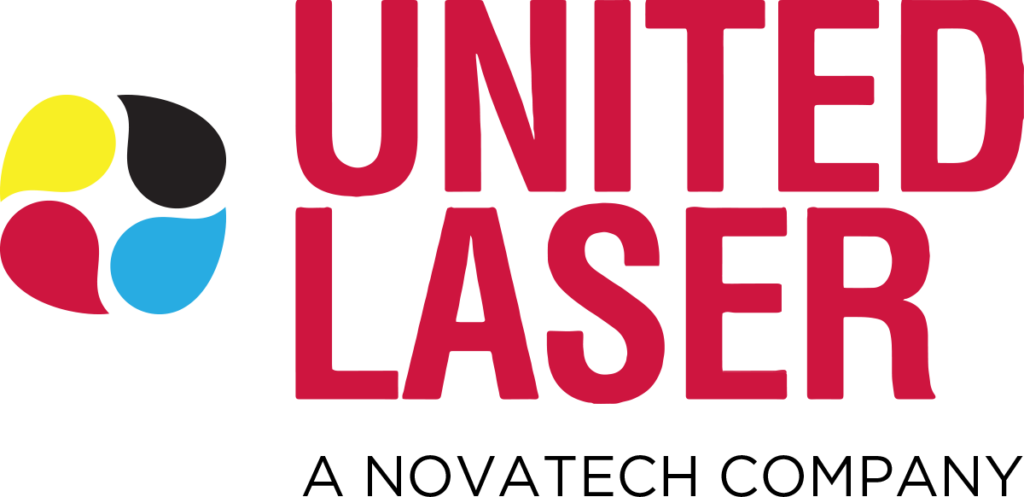Printers, like all machines, are a blend of intricate parts and software, each playing a vital role in ensuring efficient operation. Understanding the anatomy of a printer and its common failure points can offer valuable insights into maintenance and troubleshooting. Let’s dissect the printer and highlight the usual suspects when malfunctions arise.
Ink or Toner Cartridges: (Laser & Inkjet)
These are the reservoirs that hold the ink or toner powder, responsible for creating the images and text on paper.
Common Issues:
- Depletion/Empty: Cartridges run out of ink or toner over time.
- Clogging (Inkjets): Ink can dry up and block the nozzle, leading to streaky or incomplete prints.
- Compatibility (Chips): Using non-compatible cartridges can cause malfunctions or degrade print quality.
Print Heads: (Inkjet)
This component transfers ink from the cartridge onto the paper. In some printers, the print head is part of the cartridge, while in others, it’s separate.
Common Issues:
- Clogging: Over time, dried ink can clog the print head, leading to missing colors or lines on the printout.
- Misalignment: If not aligned correctly, printouts can appear fuzzy or out of focus.
Rollers: (Laser & Inkjet)
These small cylindrical parts help feed the paper through the printer.
Common Issues:
- Wear and Tear: Worn-out rollers might not grip the paper correctly, leading to paper jams or multiple sheets being pulled simultaneously.
- Foreign Objects: Tiny bits of paper or debris can get stuck, affecting the rollers’ smooth operation.
Fuser Unit: (Laser)
The fuser unit is responsible for bonding toner to the paper using heat in laser printers.
Common Issues:
- Wear and Tear: Over time, the fuser can wear out, leading to smudged or incomplete prints.
- Temperature Issues: If the fuser doesn’t reach the right temperature, toner might not bond correctly.
Paper Trays: (Laser & Inkjet)
This is where the printer draws paper from.
Common Issues:
- Misalignment: If not positioned correctly, it can cause paper jams or misfeeds.
- Overloading: Overfilling the tray can lead to multiple sheets being pulled at once.
Printer Drivers and Software: (Laser & Inkjet)
Beyond the physical components, printers rely on software to communicate with computers.
Common Issues:
- Outdated Drivers: Old or incompatible drivers can lead to a range of printing issues.
- Software Conflicts: Sometimes, other software on a computer can interfere with printer operations.
Printer Belt: (Inkjet)
This belt moves the print head across the paper.
Common Issues:
- Wear and Tear: Over time, the belt can slacken or break, leading to erratic print head movement.
- Debris: Like rollers, foreign objects or debris can affect the belt’s smooth operation.
Sensors: (Laser & Inkjet)
Printers come equipped with various sensors to detect paper levels, cartridge status, and more.
Common Issues:
- Dirt and Dust: Dirty sensors can give false readings, leading to incorrect error messages.
- Malfunctions: Sometimes, sensors simply fail and need replacement.
Choose United Laser to Help Repair Your Printers Nationwide
A printer is a symphony of parts working together. Recognizing the role of each component and its potential failure points is crucial for effective troubleshooting and maintenance. By understanding the anatomy of a printer, users can better diagnose issues, making for more efficient repairs and longer-lasting equipment. United Laser can help companies who need to repair their printers nationwide quickly and efficiently repair, maintain, and troubleshoot all of their printing devices.




